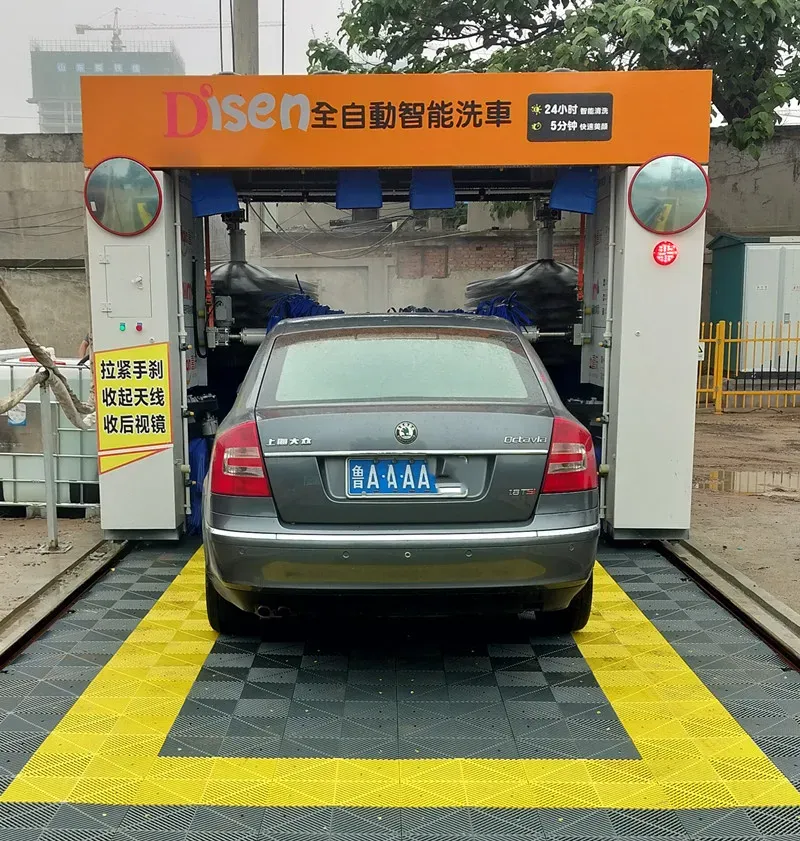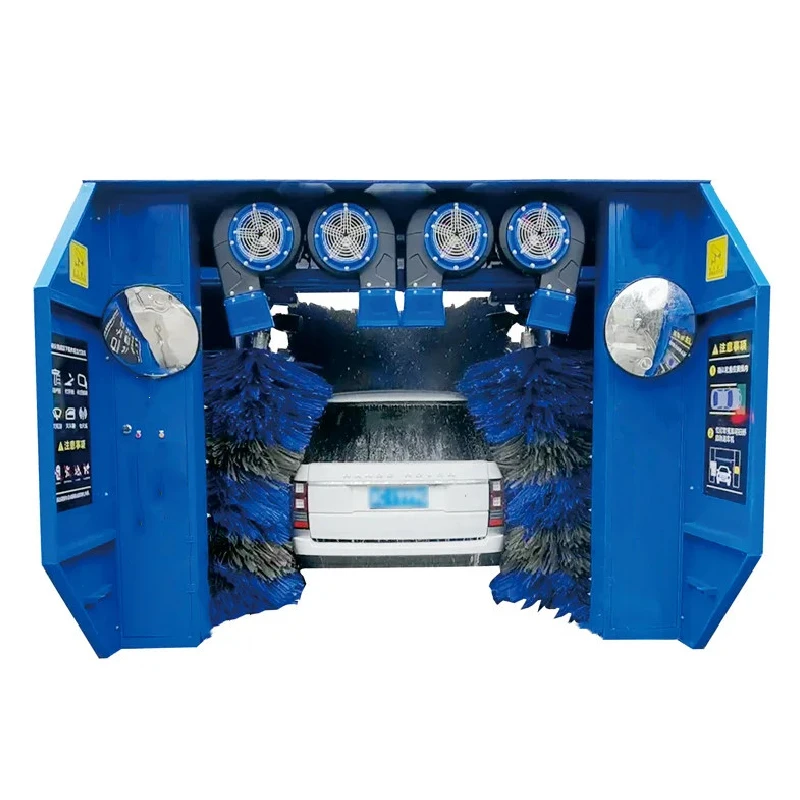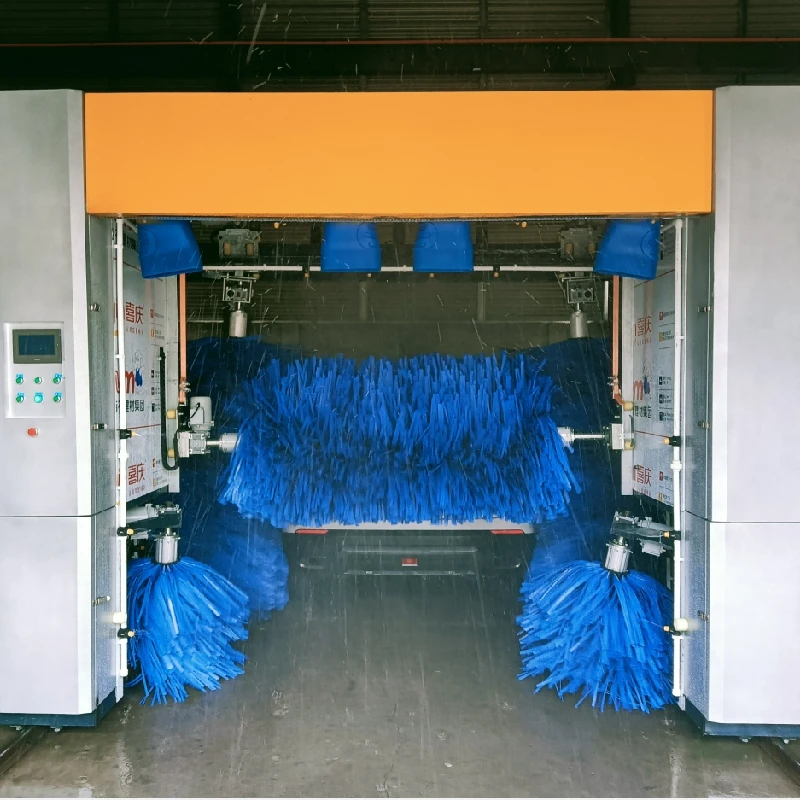
- Afrikaans
- Albanian
- Amharic
- Arabic
- Armenian
- Azerbaijani
- Basque
- Belarusian
- Bengali
- Bosnian
- Bulgarian
- Catalan
- Cebuano
- Corsican
- Croatian
- Czech
- Danish
- Dutch
- English
- Esperanto
- Estonian
- Finnish
- French
- Frisian
- Galician
- Georgian
- German
- Greek
- Gujarati
- Haitian Creole
- hausa
- hawaiian
- Hebrew
- Hindi
- Miao
- Hungarian
- Icelandic
- igbo
- Indonesian
- irish
- Italian
- Japanese
- Javanese
- Kannada
- kazakh
- Khmer
- Rwandese
- Korean
- Kurdish
- Kyrgyz
- Lao
- Latin
- Latvian
- Lithuanian
- Luxembourgish
- Macedonian
- Malgashi
- Malay
- Malayalam
- Maltese
- Maori
- Marathi
- Mongolian
- Myanmar
- Nepali
- Norwegian
- Norwegian
- Occitan
- Pashto
- Persian
- Polish
- Portuguese
- Punjabi
- Romanian
- Russian
- Samoan
- Scottish Gaelic
- Serbian
- Sesotho
- Shona
- Sindhi
- Sinhala
- Slovak
- Slovenian
- Somali
- Spanish
- Sundanese
- Swahili
- Swedish
- Tagalog
- Tajik
- Tamil
- Tatar
- Telugu
- Thai
- Turkish
- Turkmen
- Ukrainian
- Urdu
- Uighur
- Uzbek
- Vietnamese
- Welsh
- Bantu
- Yiddish
- Yoruba
Ideal Pressure Washer Recommendations for Car Cleaning and Maintenance
Choosing the Right Pressure Washer for Cars Recommended Specifications and Tips
Keeping your car clean is essential not only for aesthetics but also for maintaining its value. One of the most effective tools for car cleaning is a pressure washer. However, selecting the right pressure washer for your vehicle can be daunting, given the variety of options available. In this article, we will discuss the recommended pressure specifications, types, and essential tips for using a pressure washer safely and effectively on your car.
Recommended Pressure Specifications
When it comes to washing cars, not just any pressure washer will do. The pressure output is measured in PSI (pounds per square inch), and for car washing, a pressure washer with a PSI rating between 1,300 and 2,500 is sufficient. Here’s a brief breakdown of the recommended pressure levels
1. 1,300 to 1,600 PSI Ideal for regular maintenance cleaning. This range is safe for delicate surfaces while providing enough power to remove dirt and grime.
2. 1,800 to 2,000 PSI Suitable for more challenging cleaning jobs. This pressure can handle tougher stains and dirt accumulated over time, without risking damage to the vehicle's finish if used correctly.
3. Above 2,500 PSI This level is typically excessive for washing cars. While it may be useful for heavy-duty cleaning tasks around the home, it can damage paint and delicate components of your vehicle.
GPM (Gallons Per Minute)
While PSI is crucial, the GPM (gallons per minute) rating is also significant. A higher GPM means more water is being discharged at a time, allowing for better rinsing and more efficient cleaning. For car washing, a GPM of 1.2 to 2.5 is generally recommended. A higher GPM will result in quicker cleaning but should be balanced with the PSI to avoid damaging the car’s finish.
Electric vs
. Gas Pressure WashersWhen choosing a pressure washer for cars, you’ll primarily encounter two types electric and gas.
recommended pressure washer for cars

- Electric Pressure Washers These are often quieter, easier to maintain, and lighter than gas models, making them suitable for residential use. With lower PSI levels, they typically offer adequate pressure for car washing. They are less mobile since they require a nearby power outlet, but they can be more than sufficient for most homeowners.
- Gas Pressure Washers These machines tend to be more powerful and portable, ideal for tasks that require higher pressure. However, they can be overkill for car washing. If you choose a gas model, ensure that it has an adjustable pressure setting to avoid damaging your vehicle.
Using a Pressure Washer Safely
Using a pressure washer effectively requires some knowledge to avoid inadvertently damaging your car
1. Choose the Right Nozzle A wider spray nozzle (25 to 40 degrees) is typically safer for car washing. Avoid using a zero-degree nozzle as it has a concentrated spray that can damage paint.
2. Keep Distance Maintain a distance of at least 2 to 3 feet between the nozzle and the car to prevent damage. Always spray at a downward angle, moving from the top of the vehicle down to avoid pushing dirt into fixtures.
3. Pre-Wash Prep Remove any loose debris and dirt before applying pressure to avoid scratching the paint. Opt for a pre-wash soap or foam cannon that suits automotive surfaces.
4. Rinse Thoroughly After washing, ensure you rinse off all soap and residues thoroughly to prevent streaking or soap spots once the vehicle dries.
Conclusion
Investing in the right pressure washer for car maintenance can make a significant difference in keeping your vehicle looking pristine. With the ideal PSI range of 1,300 to 2,500 and a suitable GPM, you can ensure effective and safe car cleaning. Whether you opt for an electric or gas model, understanding the specifications, using the right techniques, and taking necessary precautions will lead to a successful pressure washing experience. Happy cleaning!
-
Top Equipment for a Successful Car Wash BusinessNewsApr.15,2025
-
Top Automated Car Wash SolutionsNewsApr.15,2025
-
The Future of Car Wash TechnologyNewsApr.15,2025
-
The Future of Auto Car Wash SolutionsNewsApr.15,2025
-
Essential Car Wash Supplies: Boost Your Business with the Best EquipmentNewsApr.15,2025
-
Car Wash Equipment for the Modern BusinessNewsApr.15,2025



